The Sahara Desert is the largest hot desert in the world, stretching across most of North Africa. With a surface area of over 9 million square kilometers—similar in size to China or the United States—it is an extreme environment where temperatures can reach up to 54 °C (129 °F) during the day and drop to freezing at night.

Despite the harsh conditions, a wide variety of animals have adapted to life in the Sahara. These adaptations include the absence of sweat glands, highly concentrated urine, insulating fur, dehydration resistance, and nocturnal habits. In this article, we explore 20 remarkable species that have evolved to survive in one of the planet’s most unforgiving habitats.
The fennec fox is the smallest fox species in the world and is easily recognized by its oversized ears, which serve as both heat dissipators and sound amplifiers. These desert dwellers are nocturnal and carnivorous, capable of locating prey buried under the sand thanks to their acute hearing.
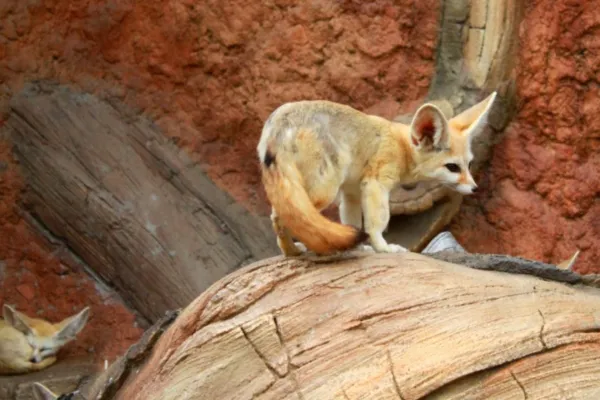
Also known as the yellow scorpion, this arachnid is one of the most venomous in the world. Its venom contains neurotoxins that are lethal to small animals and can be dangerous to humans. It is commonly found throughout the Sahara and the Middle East.
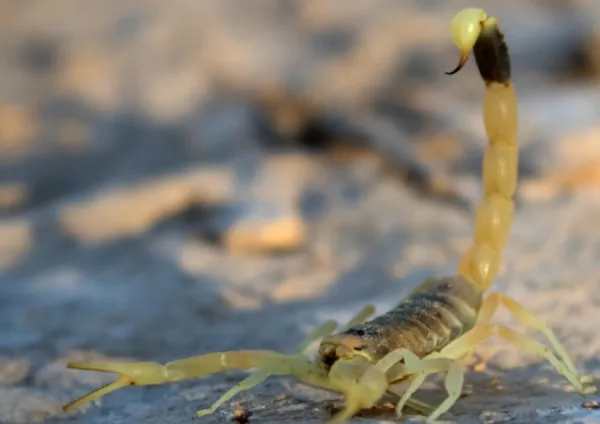
This herbivorous gazelle is well-adapted to arid environments. It can go long periods without drinking, getting most of its water from desert plants. While it ventures into the open desert, it typically stays close to sparse vegetation.
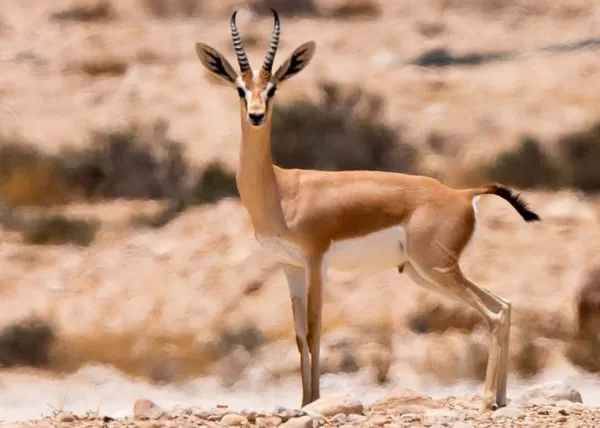
A rare subspecies of the cheetah, the Saharan cheetah is critically endangered, with fewer than 250 individuals left in the wild. It is slightly smaller and paler than other cheetahs and faces threats from poaching and habitat loss.
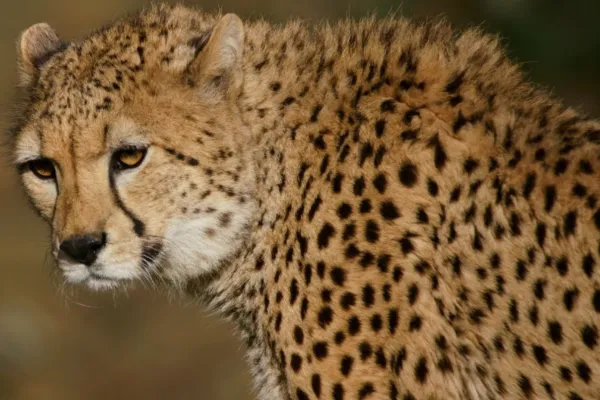
Also known as the Saharan sand viper, this venomous snake has distinctive horn-like scales above its eyes. Its sand-colored camouflage makes it nearly invisible, and it uses a unique hunting strategy by wiggling its tail like a worm to lure birds within striking distance.
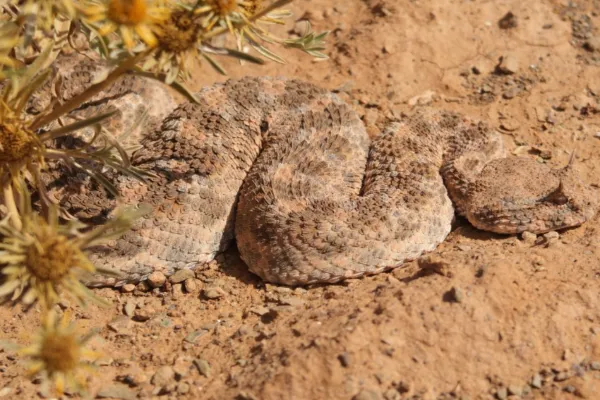
This subspecies of ostrich is adapted to the desert with its pinkish-red neck and legs, strong legs, and high speed. It can survive with minimal water and is entirely herbivorous, feeding on desert plants and seeds.
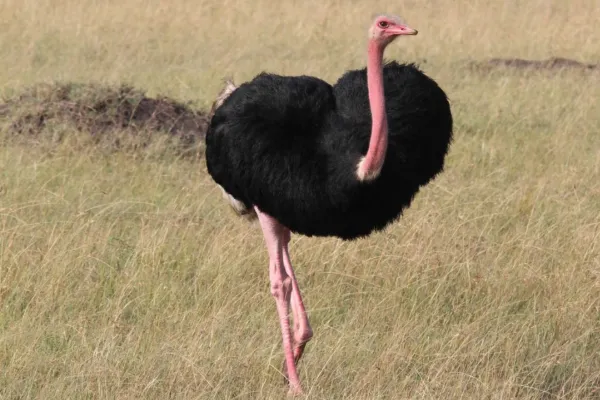
The iconic desert camel, known for its single hump, is perfectly suited for desert life. It has long lashes to protect against sand, calloused knees to rest on hot ground, and incredible endurance against dehydration.
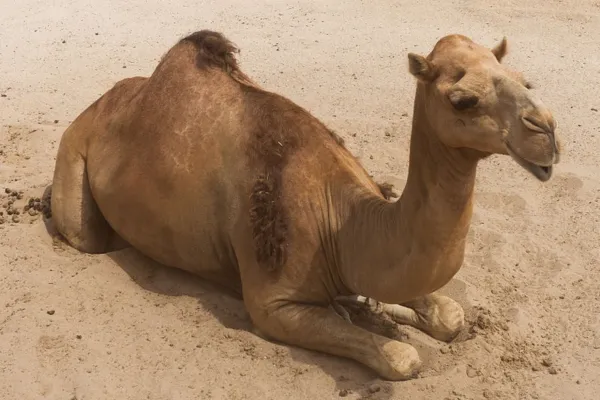
This desert antelope is critically endangered and highly adapted to dry climates. It feeds on scattered shrubs and grasses and remains active mainly during cooler periods like dawn and dusk to avoid extreme temperatures.
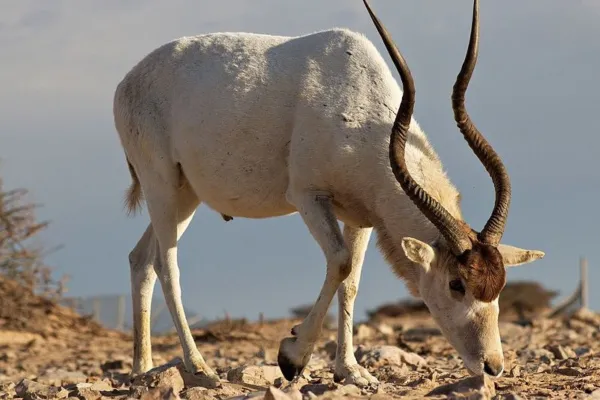
A carnivorous reptile, the desert monitor preys on both vertebrates and invertebrates. Being cold-blooded, it sunbathes to regulate its body temperature but hides in burrows during the hottest part of the day.

Also known as the "pyramid mouse," this small nocturnal rodent has large eyes for night vision and oversized ears that aid in heat regulation and hearing. Mostly herbivorous, it may occasionally eat bird eggs.
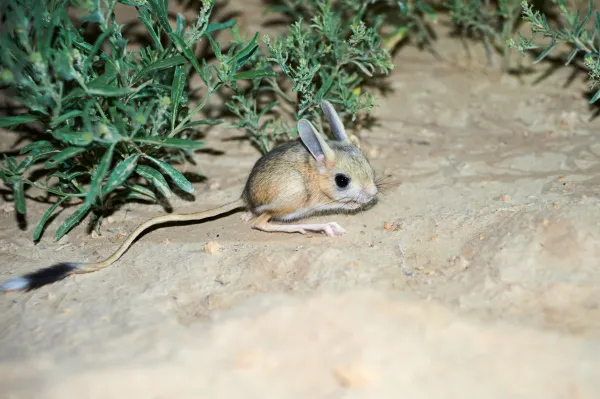
Besides the species above, the Sahara is also home to many other fascinating creatures:
Dung Beetle (Scarabaeoidea)
Panoptes Monitor Lizard (Varanus panoptes)
Spotted Hyena (Crocuta crocuta)
Olive Baboon (Papio anubis)
Nubian Bustard (Neotis nuba)
Desert Hedgehog (Paraechinus aethiopicus)
Slender Mongoose (Galerella sanguinea)
White-crowned Wheatear (Oenanthe leucopyga)
Gundi (Ctenodactylus gundi)
African Wild Dog (Lycaon pictus)


To thrive in such an extreme environment, Sahara animals rely on:
Physiological adaptations – such as water retention, concentrated urine, and heat-resistant body structures.
Behavioral adaptations – like nocturnal activity, burrowing, and seasonal migration.
Ecological strategies – including slow metabolism and omnivorous diets.
For more articles like this, you may be interested in:
Animals That Live in Deserts
Biotic and Abiotic Factors of Desert Ecosystems
animal tags: Sahara Desert Animals
We created this article in conjunction with AI technology, then made sure it was fact-checked and edited by a Animals Top editor.